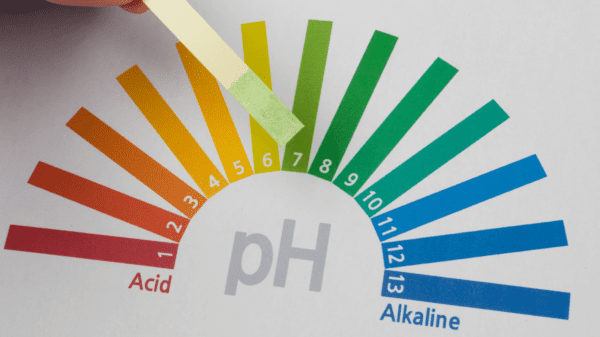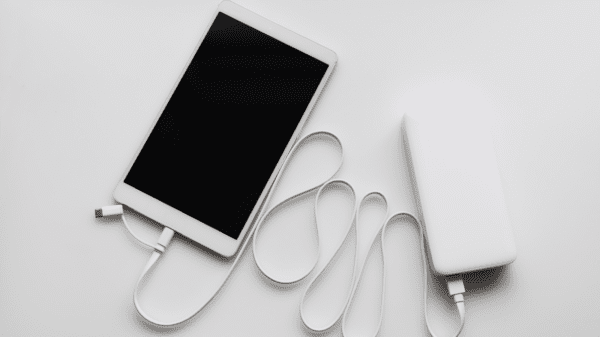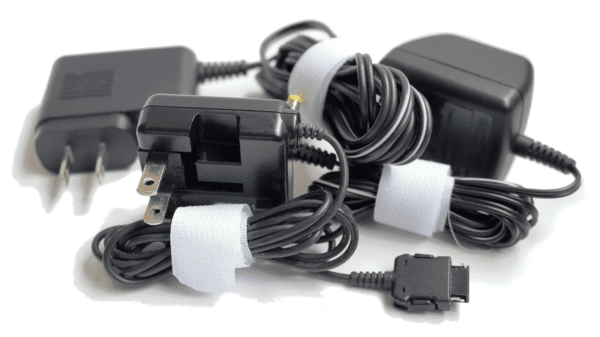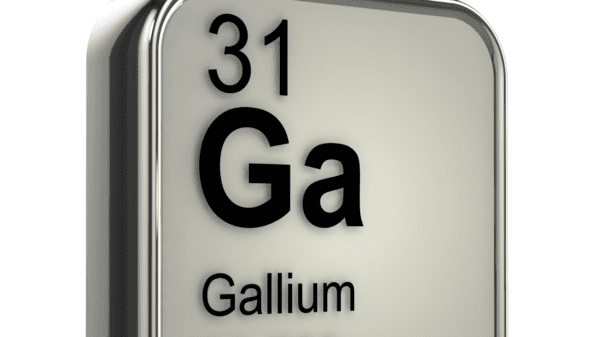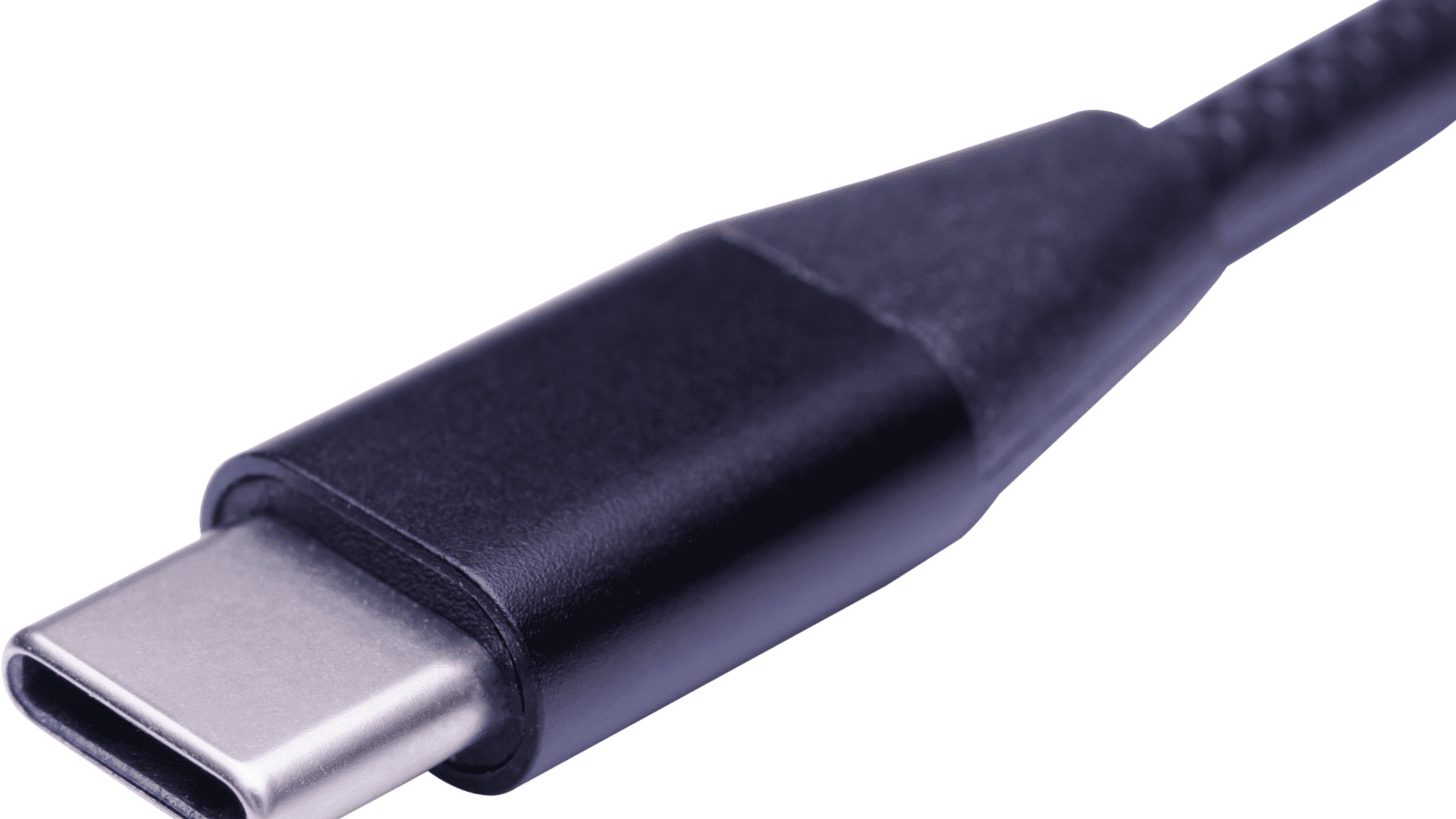Table of Contents
USB-C Charger Specification
The USB-C specification for chargers includes several important factors that you should be aware of when selecting a charger or charging device. Here are some key things to keep in mind:
- Power Delivery (PD): USB-C Power Delivery is a technology that allows for faster and more powerful charging. PD chargers can deliver up to 240 watts of power, which is more than enough to charge most laptops and mobile devices. When choosing a charger, look for one with Power Delivery support to ensure fast and efficient charging.
- Charging speed: The maximum charging speed of a USB-C charger is typically determined by its wattage. Higher-wattage chargers can deliver more power to your device, resulting in faster charging times. For example, a 30W charger will generally charge a device faster than a 15W charger.
- Cable quality: The quality of the USB-C cable you use can affect charging speed and efficiency. Look for cables that are made with high-quality materials and are certified to meet USB-C standards. Cheap or poorly-made cables can cause charging issues or even damage your device.
- Compatibility: Not all USB-C chargers and devices are created equal. It’s important to make sure that the charger you choose is compatible with your device. Some devices may require specific charging protocols or voltages, so be sure to check the manufacturer’s specifications before purchasing a charger.
- Safety: It’s important to choose a charger that meets safety standards and has built-in protections against overcharging, short-circuiting, and other potential hazards. Look for chargers that are certified by organizations such as UL, ETL, or FCC.
Overall, when selecting a USB-C charger, it’s important to consider factors such as power delivery, charging speed, cable quality, compatibility, and safety. By doing your research and choosing a high-quality charger that meets your needs, you can ensure that your devices stay charged and ready to go.
What are the best USB C chargers?
The best USB-C chargers are those that are reliable, safe, and provide fast charging speeds. Here are some of the top USB-C chargers on the market:
- Anker PowerPort Atom III Slim: This charger features a slim and compact design, supports USB-C Power Delivery, and can deliver up to 65W of power. It also has built-in safety features to protect against overcharging, overheating, and short circuits.
- Belkin BOOST↑CHARGE: This charger features a sleek design, supports USB-C Power Delivery, and can deliver up to 60W of power. It also has a built-in USB-A port for charging other devices.
- Aukey Omnia Duo: This charger features a dual-port design, with one USB-C port and one USB-A port. It supports USB-C Power Delivery and can deliver up to 65W of power.
- RavPower PD Pioneer 90W: This charger features a powerful 90W output, supports USB-C Power Delivery, and has built-in safety features to protect against overcharging, overheating, and short circuits. It also has two additional USB-A ports for charging other devices.
- Apple 96W USB-C Power Adapter: This charger is designed specifically for Apple devices and can deliver up to 96W of power. It features a compact design and supports USB-C Power Delivery.
When choosing a USB-C charger, it’s important to consider the power output, safety features, and compatibility with your devices. Look for chargers that are certified by safety organizations such as UL, ETL, or FCC, and consider the length of the charging cable and any additional ports that may be useful for charging other devices.
What are GaN chargers, and do I need one?
Gallium Nitride (GaN) chargers offer several advantages over traditional chargers that use silicon-based technology. Here are some of the key benefits of GaN chargers:
- Smaller size: GaN chargers can be made smaller than traditional chargers because GaN transistors can operate at higher frequencies and with higher efficiency. This means that GaN chargers can be made more compact without sacrificing performance.
- Higher efficiency: GaN chargers are more efficient than traditional chargers because they waste less energy in the form of heat. This means that GaN chargers can deliver the same amount of power with less waste, resulting in longer battery life for your devices.
- Faster charging: GaN chargers can charge devices faster than traditional chargers because they can deliver higher power levels without overheating. This means that you can charge your devices more quickly and get back to using them sooner.
- Lower heat: GaN chargers produce less heat than traditional chargers because they waste less energy in the form of heat. This means that GaN chargers are cooler to the touch and can operate at higher temperatures without overheating.
- Versatility: GaN chargers are compatible with a wide range of devices, including smartphones, tablets, laptops, and other electronics. They can also be used with different charging protocols, including USB-C Power Delivery and Quick Charge.
Overall, GaN chargers offer significant advantages over traditional chargers, including smaller size, higher efficiency, faster charging, lower heat, and versatility. As a result, GaN chargers are becoming increasingly popular among consumers who are looking for a more efficient and versatile way to charge their devices.
Do I need USB C or Thunderbolt?
USB 4 includes Thunderbolt 3 technology. In fact, USB 4 is built on Thunderbolt 3’s technology, which means that devices that support Thunderbolt 3 will also work with USB 4. This includes high-speed data transfer, video output, and power delivery. USB 4 also supports other features such as DisplayPort 1.4 and PCIe 3.0. This integration of Thunderbolt 3 into USB 4 provides greater compatibility and interoperability between different devices and systems. However, it’s important to note that not all USB 4 devices will necessarily support Thunderbolt 3, as Thunderbolt 3 requires additional hardware and licensing from Intel.
How do you tell the difference between USB C Cables?
Unless a cable lists the data transmission and charging rates, we recommend that you use the cable and charger that came with the device. However, this defeats the dream of one charger and cable for all your devices. The next step is to visit the manufacturer’s website for details.
To tell the difference between USB-C cables, here are some factors to consider:
- Cable speed: USB-C cables can have different data transfer speeds. USB 2.0 cables support up to 480 Mbps, USB 3.0 cables support up to 5Gbps, and USB 3.1 Gen 2 cables support up to 10Gbps. Make sure you check the cable’s specifications to determine its speed.
- Cable wattage: USB-C cables can have different power output levels. Make sure you check the cable’s specifications to determine its wattage. USB-C Power Delivery can deliver up to 100W of power, which is important for charging laptops and other high-power devices.
- Cable quality: The quality of the cable can affect its performance and durability. Look for cables that are made with high-quality materials such as nylon braiding, metal connectors, and shielded wires. You can also check for any certification or labeling, such as the USB-IF logo, which indicates that the cable has been certified for compliance with USB standards.
- Cable length: USB-C cables come in different lengths, so make sure you choose a cable that is long enough for your needs. Longer cables may also affect charging speed or data transfer rates, so consider the cable length carefully.
- Compatibility: Make sure the USB-C cable is compatible with your device. Some devices require specific types of USB-C cables or connectors, so be sure to check the manufacturer’s specifications before purchasing a cable.
By considering these factors, you can select the right USB-C cable for your needs, whether you’re looking for fast data transfer speeds, high power output, or durable construction.
What are the top USB-C cables on the market?
The best USB-C cables are those that are reliable, durable, and provide fast charging and data transfer speeds. Here are some of the top USB-C cables on the market:
- Anker PowerLine+ III: This cable features a reinforced nylon braided design that can withstand up to 35,000 bends. It also supports USB-C Power Delivery and can deliver up to 100W of power.
- Belkin BOOST↑CHARGE: This cable is made with high-quality materials and features a flexible exterior that resists tangling. It supports USB-C Power Delivery and can deliver up to 60W of power.
- Apple USB-C to Lightning Cable: This cable is designed specifically for Apple devices and features a durable braided design. It supports USB-C Power Delivery and can deliver up to 20W of power.
- Nomad Ultra rugged cable: This cable features a Kevlar core and ballistic nylon exterior, making it extremely durable. It also supports USB-C Power Delivery and can deliver up to 100W of power.
- AmazonBasics USB Type-C to USB Type-C 2.0 Cable: This cable is a budget-friendly option that still provides fast data transfer speeds and supports USB-C Power Delivery. It can deliver up to 60W of power.
When choosing a USB-C cable, it’s important to look for one that is certified by USB-IF to ensure it meets safety and performance standards. Additionally, consider the length of the cable, as well as the type of devices you will be using it with, to ensure compatibility.
USB-C Resources and Additional Reading
Here is a list of resources related to USB-C specifications, recommendations, and general information:
- USB Implementers Forum (USB-IF) – USB-C Specification: https://www.usb.org/documents?search=USB%20Type-C
- USB-IF – USB-C Compliance Program: https://www.usb.org/compliance
- USB-IF – USB-C and Power Delivery FAQs: https://www.usb.org/usb-charger-pd
- AnandTech – Explaining USB-C: The New Standard: https://www.anandtech.com/show/8558/explaining-the-usb-31-standard
- How-To Geek – What Is USB-C? An Explainer: https://www.howtogeek.com/211843/usb-type-c-explained-what-it-is-and-why-youll-want-it/
- PCMag – What Is USB-C? An Explainer: https://www.pcmag.com/how-to/what-is-usb-c-an-explainer
- CNET – USB-C: Everything You Need to Know: https://www.cnet.com/tech/computing/usb-type-c-thunderbolt-3-one-cable-to-connect-them-all/
- iMore – USB-C: The Ultimate Guide: https://www.imore.com/usb-c
- Android Authority – USB-C: Everything You Need to Know: https://www.androidauthority.com/usb-type-c-and-3-1-explained-656552/
- Tom’s Hardware – USB-C: What It Is and Why You’ll Want It: https://www.tomshardware.com/reviews/usb-c-connector-guide,4610.html
These resources provide information on USB-C specifications, features, compatibility, and recommendations for various devices. They cover topics such as the USB-C connector, USB 3.1 and 3.2 standards, USB Power Delivery, Alternate Modes (e.g., DisplayPort, Thunderbolt 3), and how to choose the right USB-C cables and accessories for your needs.
Do you have favorite USB-C accessories? Let us know in the comments!




